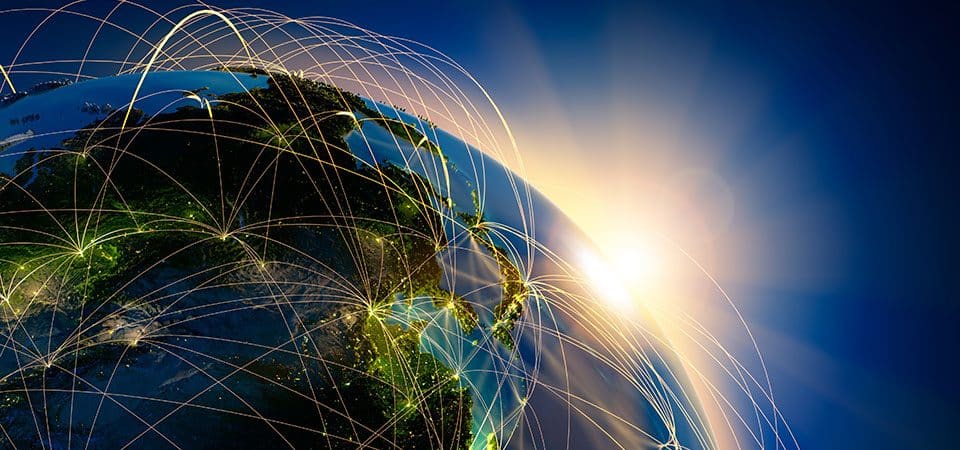It is often said in a light-hearted manner that geospatial applications is a solution in search of problems! Indeed, the spread of geospatial applications from natural resources management to city management, to healthcare and more is perhaps an indicator of its versatility. David Schell of Open Geospatial Consortium remarked that geospatial applications are only limited by our imagination.
Business Intelligence has been integrated with geospatial systems for applications such as warehouse and store locations, understanding customer preferences through demographic mapping and routing delivery vehicles, to name a few. In retail, the use of location and routing has been used for delivery from brick-and-mortar and online stores, food aggregators, taxi aggregators and other such B2C applications.
Real estate dealers have used both geospatial and BIM to present property details online such as location, 3D view from location, 3D property details at various levels, etc. The insurance industry also uses location and other details to calculate property valuation and insurance. The government also uses such data to determine property tax.
Beyond these, new areas are opening up as e-commerce and online retail gets more popular. In-store location is one such application that can lead customers to their desired products as well as to advertise new ones. One of the most interesting ideas is to use cosmic particles that can penetrate buildings as a medium of communication for locations where GNSS signals fail.
The new kid on the block is Metaverse which allows a customer to directly interact with a store and ‘try out’ designs on a virtual persona, an avatar, of the customer before buying. Physical location of the store is not a limitation but a delivery or physical pick up from a nearby location requires location and routing assistance through geospatial systems.
Metaverse will also improve on property deals as it enables the avatar of the prospective buyer to actually be on the location and walk around while talking to the dealer’s avatar. Again, on a lighter note – will avatars also be able to touch, feel, taste and smell? Quite an ask but who knows?
While these applications are realities or will soon become realities, there is always a fly in the ointment. As technology progresses, it enables many facilities, but it also facilitates crime. The protection of legitimate customers, and safeguarding the privacy of their data becomes a paramount concern.
This aspect needs to be addressed in sync with the new applications. Do geospatial systems have a role to play in this area of personal security?
Disclaimer: Views Expressed are Author's Own. Geospatial World May or May Not Endorse it








